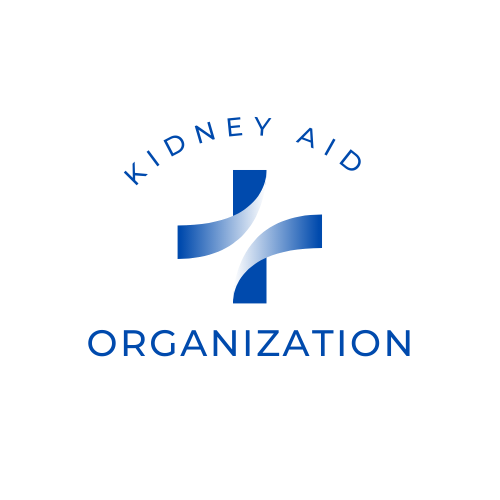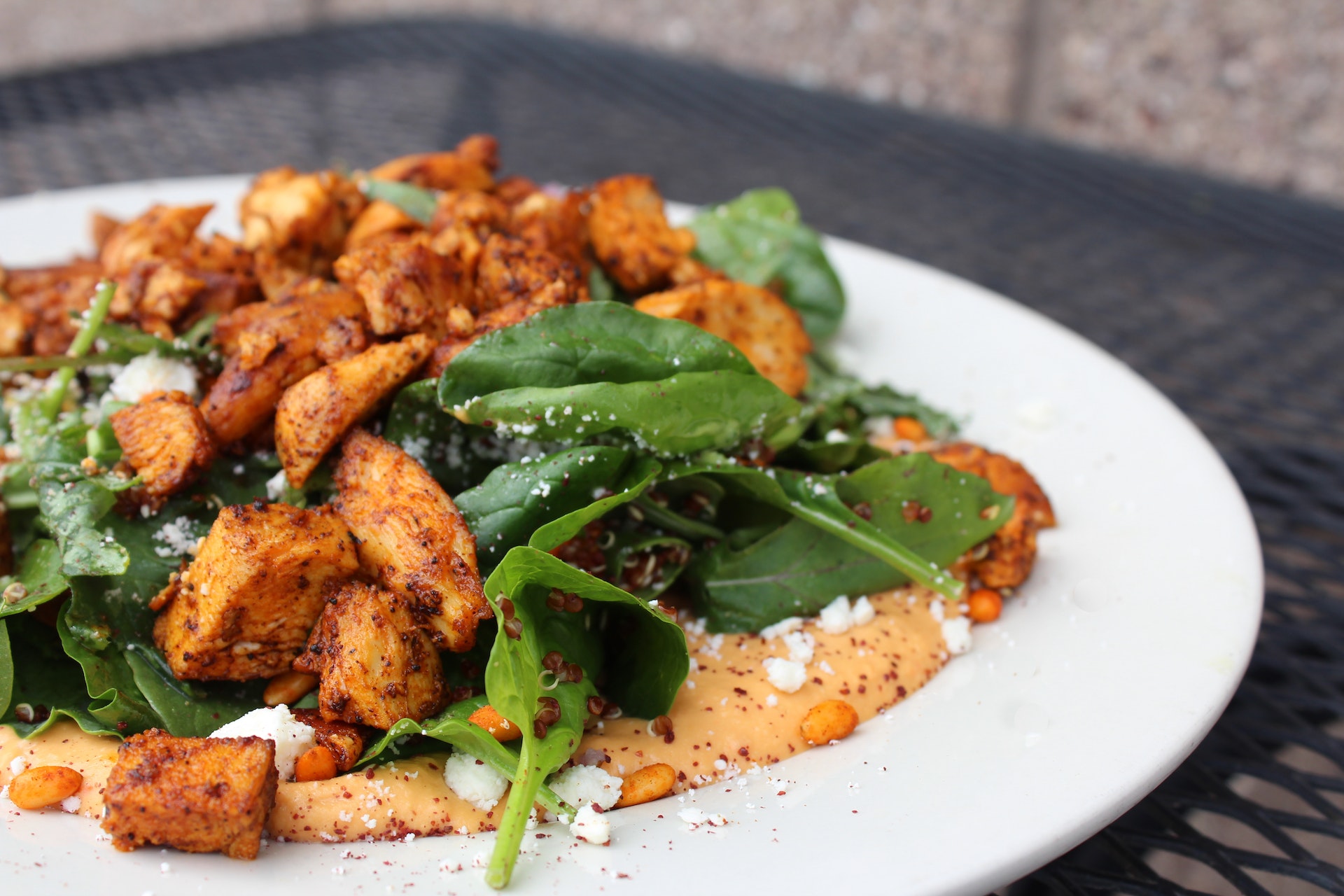Understanding Stage 1 Kidney Disease
What is a good diet for stage 1 kidney disease? Stage 1 kidney disease is the early stage of chronic kidney disease (CKD), which occurs when there is damage to the kidneys for more than three months. During stage 1 kidney disease, there may be slight kidney damage, but the kidneys are still able to function properly. It is important to maintain a healthy lifestyle during this stage to slow down the progression of the disease.
The Importance of a Healthy Diet
One of the key components of managing stage 1 kidney disease is maintaining a healthy diet. A healthy diet can help reduce the risk of complications associated with kidney disease and also help slow down the progression of the disease. Here are some tips on what constitutes a good diet for stage 1 kidney disease:
1. Limit Sodium Intake
Excessive sodium intake can lead to high blood pressure, which can cause further damage to the kidneys. It is important to limit the intake of sodium in the diet. The recommended daily intake of sodium for people with stage 1 kidney disease is 1500 milligrams or less. Some tips to reduce sodium intake include:
- Avoid processed and packaged foods, which are often high in sodium.
- Use herbs and spices to flavor food instead of salt.
- Rinse canned foods to remove excess salt.
2. Reduce Protein Intake
The kidneys are responsible for filtering out waste products from the blood, including protein. Eating too much protein can put a strain on the kidneys, making it difficult for them to function properly. It is recommended to reduce protein intake to 0.8 grams per kilogram of body weight per day. Some tips to reduce protein intake include:
- Choose plant-based protein sources, such as beans, lentils, and tofu.
- Limit intake of animal-based protein sources, such as meat, poultry, and fish.
- Consult with a registered dietitian to create a personalized meal plan that meets your protein needs.
3. Increase Intake of Fruits and Vegetables
Fruits and vegetables are rich in vitamins, minerals, and antioxidants, which can help protect the kidneys from damage. They are also low in sodium and high in fiber, which can help reduce blood pressure and improve overall health.
It is recommended to consume at least five servings of fruits and vegetables per day. Some tips to increase intake of fruits and vegetables include:
- Choose fresh or frozen fruits and vegetables instead of canned, which often contain added sodium.
- Snack on raw fruits and vegetables, such as carrots, celery, and apples.
- Incorporate fruits and vegetables into every meal.
4. Monitor Fluid Intake
During stage 1 kidney disease, the kidneys are still able to regulate fluid balance in the body. However, it is important to monitor fluid intake to avoid dehydration and to prevent overworking the kidneys. It is recommended to drink enough fluids to quench thirst and to limit intake of beverages that contain caffeine or alcohol. Some tips to monitor fluid intake include:
- Keep track of daily fluid intake using a journal or an app.
- Choose water as the primary beverage.
- Consult with a healthcare provider to determine the appropriate amount of fluid intake for your individual needs.
Healthy Recipes That Are Stage 1 Kidney Disease Friendly
Here are some delicious vegetable and meat recipes that can assist with stage 1 kidney disease. These recipes are designed to be part of a five-course meal and are low in sodium and protein. Enjoy!
Appetizer: Greek Salad Skewers
Ingredients:
- 1 large cucumber, chopped
- 2 large tomatoes, chopped
- 1 small red onion, chopped
- 1/4 cup kalamata olives, chopped
- 1/4 cup crumbled feta cheese
- 1 tbsp olive oil
- 1 tbsp red wine vinegar
- Salt and pepper to taste
- Skewers
Instructions:
- In a large bowl, combine the cucumber, tomatoes, red onion, and olives.
- In a separate small bowl, whisk together the olive oil, red wine vinegar, salt, and pepper.
- Drizzle the dressing over the vegetables and toss to combine.
- Thread the vegetables onto skewers and sprinkle with feta cheese.
- Chill in the fridge for at least 30 minutes before serving.
Soup: Butternut Squash Soup
Ingredients:
- 1 medium butternut squash, peeled and cubed
- 1 large onion, chopped
- 2 cloves garlic, minced
- 4 cups low-sodium vegetable broth
- 1 tbsp olive oil
- Salt and pepper to taste
- 1/4 cup low-fat sour cream (optional)
Instructions:
- Heat the olive oil in a large pot over medium heat.
- Add the onion and garlic and sauté until softened, about 5 minutes.
- Add the butternut squash and vegetable broth.
- Bring to a boil, then reduce heat and simmer for 20-25 minutes, until the squash is tender.
- Use an immersion blender or transfer to a blender to puree until smooth.
- Season with salt and pepper to taste.
- Serve hot with a dollop of low-fat sour cream (if desired).
Salad: Spinach and Strawberry Salad
Ingredients:
- 4 cups baby spinach
- 1 pint strawberries, sliced
- 1/4 cup sliced almonds
- 1/4 cup crumbled feta cheese
- 1 tbsp olive oil
- 1 tbsp balsamic vinegar
- Salt and pepper to taste
Instructions:
- In a large bowl, combine the spinach, strawberries, almonds, and feta cheese.
- In a separate small bowl, whisk together the olive oil, balsamic vinegar, salt, and pepper.
- Drizzle the dressing over the salad and toss to combine.
- Serve immediately.
Main Course: Lemon Garlic Shrimp Skewers
Ingredients:
- 1 lb large shrimp, peeled and deveined
- 1/4 cup olive oil
- 2 cloves garlic, minced
- 1 tbsp lemon zest
- 1 tbsp lemon juice
- Salt and pepper to taste
- Skewers
Instructions:
- In a large bowl, whisk together the olive oil, garlic, lemon zest, lemon juice, salt, and pepper.
- Add the shrimp and toss to coat.
- Thread the shrimp onto skewers and grill over medium-high heat for 2-3 minutes per side, until pink and cooked through.
- Serve hot.
Vegetable Side Dish: Roasted Brussels Sprouts
Ingredients:
- 1 lb Brussels sprouts, trimmed and halved
- 2 tbsp olive oil
- Salt and pepper to taste
Instructions:
- Preheat the oven to 400°F.
- In a large bowl, toss the Brussels sprouts with the olive oil, salt, and pepper.
- Spread the Brussels sprouts out in a single layer on a baking sheet.
- Roast for 20-25 minutes, stirring occasionally, until browned and tender.
- Serve hot.
Meat Main Course: Baked Salmon with Dill
Ingredients:
- 4 6-oz salmon fillets
- 2 tbsp olive oil
- 2 tbsp chopped fresh dill
- 1 tbsp Dijon mustard
- Salt and pepper to taste
- Lemon wedges for serving
Instructions:
- Preheat the oven to 375°F.
- In a small bowl, whisk together the olive oil, dill, mustard, salt, and pepper.
- Rub the mixture all over the salmon fillets.
- Place the salmon on a baking sheet and bake for 12-15 minutes, until cooked through.
- Serve hot with lemon wedges.
Vegetable Side Dish: Steamed Asparagus
Ingredients:
- 1 lb asparagus, trimmed
- 1 tbsp olive oil
- Salt and pepper to taste
Instructions:
- Fill a large pot with about 1 inch of water and bring to a boil.
- Place the asparagus in a steamer basket and place the basket over the pot.
- Cover and steam for 3-5 minutes, until the asparagus is tender.
- Remove from the steamer basket and toss with olive oil, salt, and pepper.
- Serve hot.
Meat Main Course: Grilled Chicken with Rosemary
Ingredients:
- 4 boneless, skinless chicken breasts
- 2 tbsp olive oil
- 2 tbsp chopped fresh rosemary
- 1 tbsp lemon juice
- Salt and pepper to taste
Instructions:
- Preheat a grill or grill pan over medium-high heat.
- In a small bowl, whisk together the olive oil, rosemary, lemon juice, salt, and pepper.
- Rub the mixture all over the chicken breasts.
- Grill the chicken for 6-8 minutes per side, until cooked through.
- Serve hot.
Vegetable Side Dish: Sauteed Swiss Chard
Ingredients:
- 1 bunch Swiss chard, stems removed and leaves chopped
- 2 cloves garlic, minced
- 1 tbsp olive oil
- Salt and pepper to taste
Instructions:
- Heat the olive oil in a large skillet over medium heat.
- Add the garlic and sauté for 1-2 minutes, until fragrant.
- Add the Swiss chard and cook for 3-5 minutes, until wilted and tender.
- Season with salt and pepper to taste.
- Serve hot.
Remember, a good diet for stage 1 kidney disease should be low in sodium and protein, but still tasty and satisfying. By incorporating a variety of vegetables and lean proteins into your meals, you can support your kidney health and enjoy delicious food at the same time.
Conclusion
In conclusion, maintaining a healthy diet is crucial for managing stage 1 kidney disease. By following a diet that is low in sodium and protein, and high in fruits and vegetables, people with stage 1 kidney disease can slow down the progression of the disease and reduce the risk of complications. It is important to work with a healthcare provider and a registered dietitian to create a personalized meal plan that meets individual needs.

